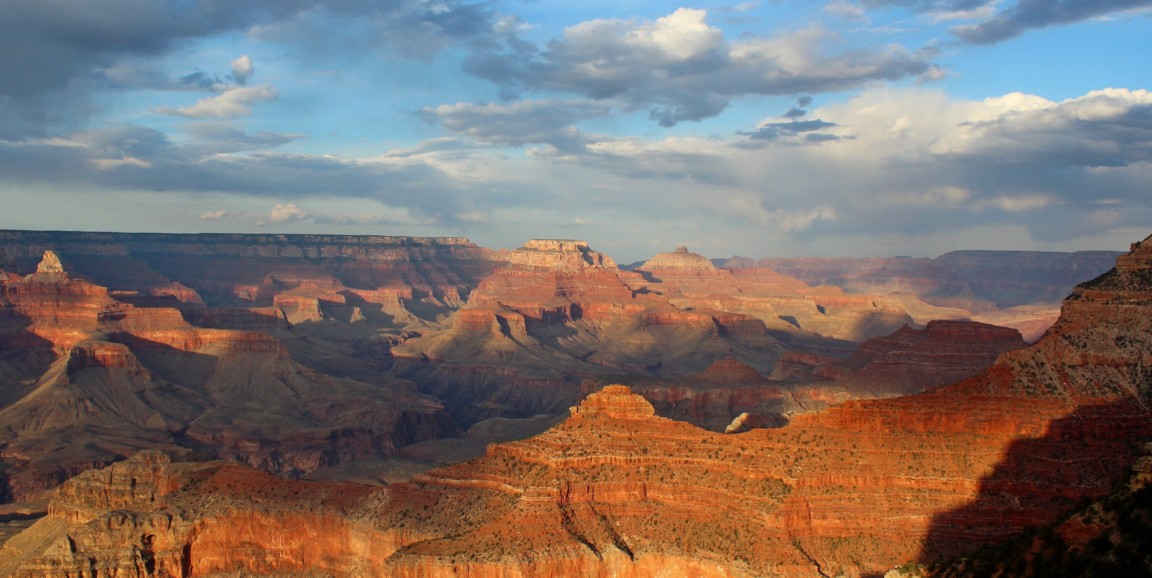As a voracious reader, I particularly enjoy mystery novels featuring a female detective or medical examiner. And as physicians know so well, medical mysteries can be just as gripping, and surprising, as crimes. So I was eager to read the novel, Only Rock is Real, about a female doctor with a family practice at the Grand Canyon. I spoke recently with the book’s author, Sandra Miller, MD, who is a writer and retired family physician.
What motivated you to write novels?
I have always written poetry and essays, but crafting a novel pushes my writing to another level. The process of weaving a plot — while creating compelling and authentic characters, developing their growth and showing their stumbles — is riveting to me. The greatest compliment is when readers tell me they feel like they know my characters personally and care about them.
I’m also on a mission to promote family medicine and women physicians through fiction. I really want to encourage physicians to write, and especially to write fiction. There is little medical fiction being written currently, with the exception of the crime scene/thriller genre. I would love to see more fiction about everyday physicians and their trials and joys. And I would welcome contact with any medical writers who want to brainstorm, share or seek feedback about their work.
How did you develop the main character, Dr. Abby Wilmore?
Like most fictional characters, Abby is partly a conglomerate of people I have known and partly made up. Every physician wants to be highly competent and strives for excellence, but there are many potholes along that path. Perfectionism and anxiety are common in doctors; finding your peace with an ever changing and critical career like medicine is no small task. I wanted to show how her confidence builds and then derails — the ups and downs of successes and errors, real or perceived, in both her professional and personal life. I wanted to show how very human physicians are.
How did you select which patient cases to include?
I tried to use a mix of cases representing a typical day: some common and some less common, some routine prevention and occasionally a very difficult case. I also wanted to include a mix of physical and mental health issues. I guess the teacher in me is always lurking, because I also selected cases where readers can learn about topics like diabetes, the morning after pill and contraception, heat injury and flu vaccines.
I keep them as realistic as I can. Sometimes you know the diagnosis immediately and other times it takes detective work. Sometimes you're wrong because people aren't textbooks and they don't always follow the rules. I've put much effort into making all the science — medicine, geology and astronomy — as accurate as I can.
Why did you set your books in national parks?
For the last thirty years of my career in academic medicine, I helped train family medicine residents who often did a rotation at the Grand Canyon clinic. And I have friends who worked there for years. I know their stories, the human dynamics in such unusual places. Only a few national parks actually support a physician.
In addition, I have always felt a deep connection to the natural world. We’re all constructed of the same molecules; all follow the same rules of development and decay. The wonders around us are simply stunning and worth celebrating.
How do you describe your books?
I’m calling my books ‘evidence-based medical adventures.’ There is romance and a bit of a thriller plot, but the books are also filled with tons of real medicine, science and the quandaries physicians face every day. And the poetry of the night sky and the rock under our feet, not to mention the value of humor.
Are there similarities between writing and being a family physician?
I think it helps for both to know you can never know everything. And that much of life comes at us in tones of gray. Being a family physician certainly gives you a broad view of the world and the vagaries of the human mind. You need to know as much as you possibly can and you need to know what you don’t know. You keep trying your best. I think this experience helped me as a writer.
Photo by DomCarver




